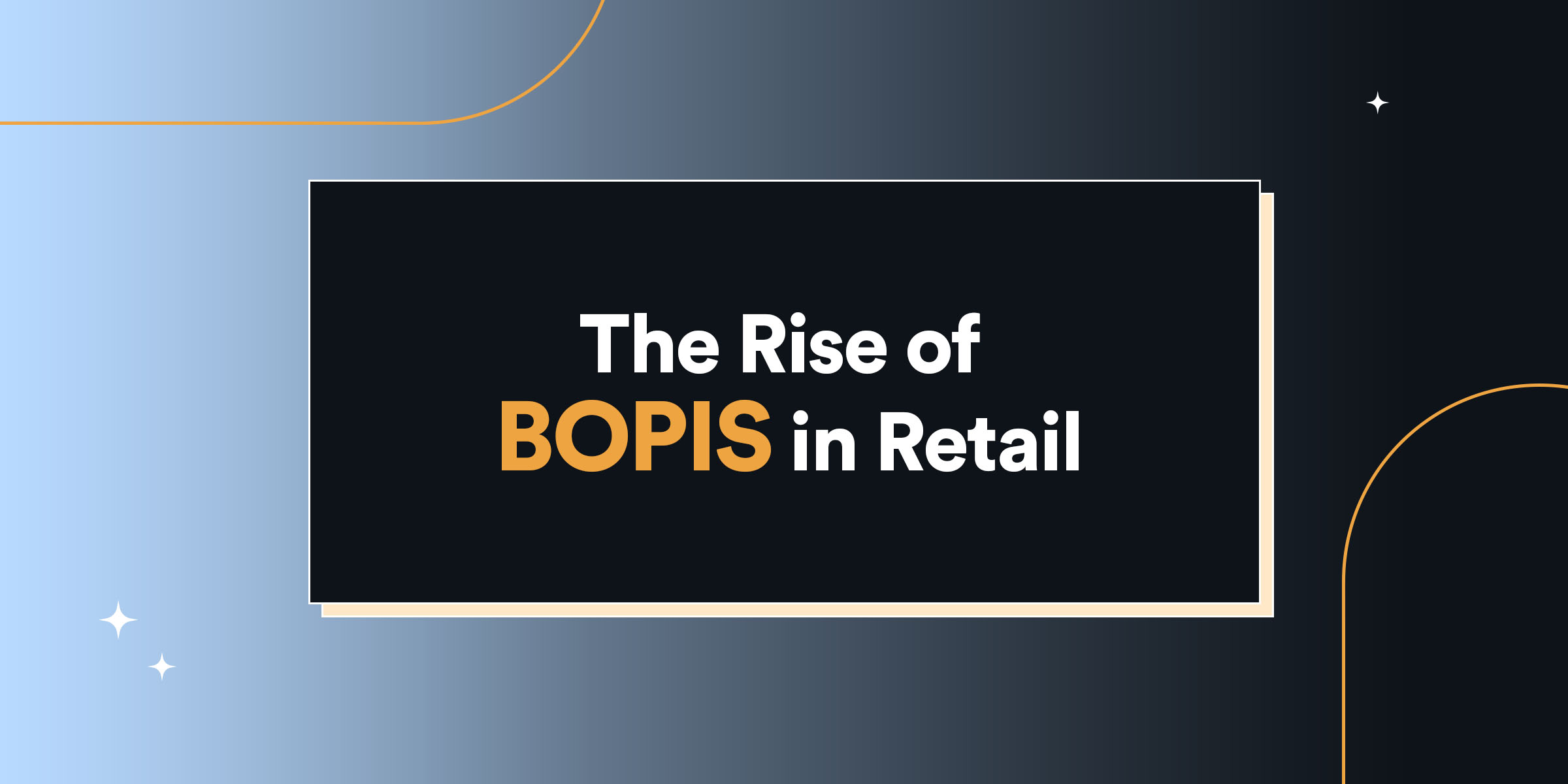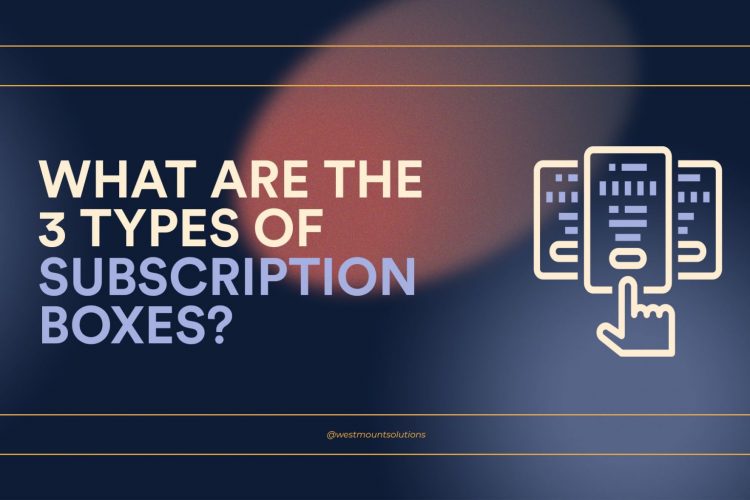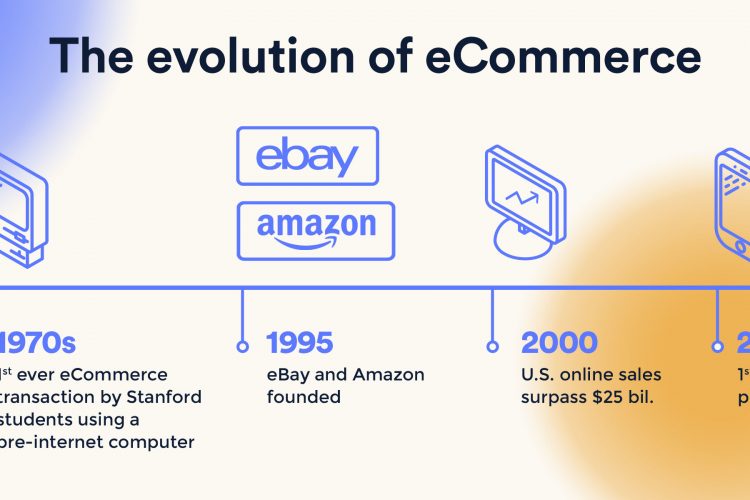
Also known as click-and-collect, BOPIS stands for buy-online-pickup-in-store. As the name suggests, it allows customers to buy their product online and then pick it up at a physical location themselves. Did you know that an August 2020 survey by Digital Commerce 360 found that before the pandemic only 7% of the top retailers offered BOPIS. After and during the pandemic, that number went up to 44%!
The appeal of BOPIS is obvious – no need to browse or wonder if a particular store has the item the customer wants. During the pandemic, this also eliminates unnecessary contact and exposure to other people. For many stores across the country, it has been a lifeline when in-store shopping was no longer allowed to prevent the spread of infection.
BOPIS Requirements
To offer BOPIS, stores must have a website and/or app. While most stores already had at least rudimentary websites in place, they were not necessarily set up for the unique requirements of BOPIS.
Real-time Inventory Tracking
One of the largest appeals of BOPIS is knowing whether the item you want is in stock or not. A customer has to be able to see online if the item they want is in store. When it is purchased, it must be deducted from the total number of items available in your inventory. If an item is unavailable, it must be shipped from a second location or a warehouse, further complicating inventory logistics.
Companies with a robust and efficient inventory back-end system will be most successful in implementing and executing a BOPIS shopping system in their stores.
Communication between in-store POS (point of sale) and other inventory tracking systems need to be constant and immediate. This ensures clear insight into what products are available in real-time.
Store to Customer Communication
In-store employees must have a well-organized pick-up system for BOPIS to be effective. Dedicated pick-up counters, logically located waiting lines, and automated emails as to when orders are ready to pick up will ensure a seamless experience for shoppers. When communication between employees, inventory systems and customers functions efficiently, customers can pick up their purchases quickly, resulting in high rates of satisfaction.
A Brick and Mortar Store
This may seem obvious, but you must have a physical location where customers can pick up their online purchases! It’s important that inventory is synced with your online store and your brick-and-mortar shop.
Benefits of BOPIS
In a survey by Statista, 56% of shoppers said they abandon their carts due to unexpectedly high shipping costs! Arguably, one of the biggest benefits of BOPIS is the elimination of shipping costs, both to you and your customers.
Alternatives to BOPIS
While it’s always been the norm for large items such as furniture and appliances to be chosen by the customer in the store and then delivered to their home, other shopping systems exist as part of an omnichannel shopping strategy.
For example, Brazilian start-up Amaro sells clothing uses a shopping model where customers try on clothes in one of their boutiques and the clothes are then delivered to their home. Since Amaro doesn’t need to keep a lot of inventory on-site, this allows them to save on storage overhead costs in their locations.
How Westmount Solutions Can Help
Are you considering improving your inventory management? Consider merging online and in-store inventory tracking so that your inventory is always up to date. DEAR systems is a company we often recommend to customers who seek to automate their inventory management and shipping. For specific scenarios, or something different we can create custom solutions to ensure your BOPIS strategy functions as it needs to.
Author
Tatiana Dudin
Tatiana is passionate writer with over 10 years of experience writing for the tech industry.


